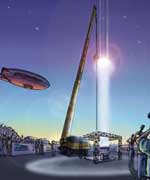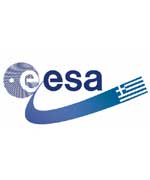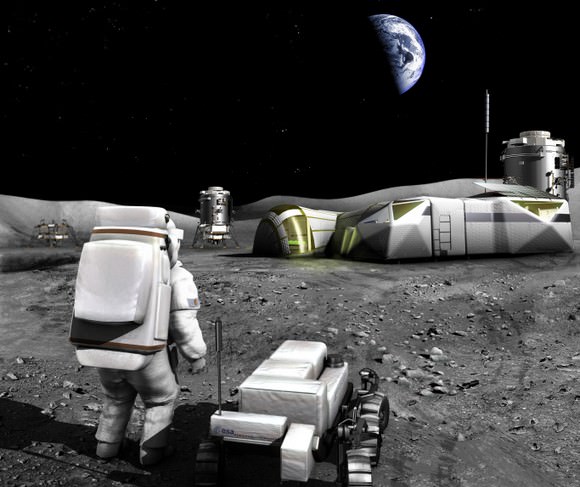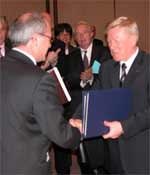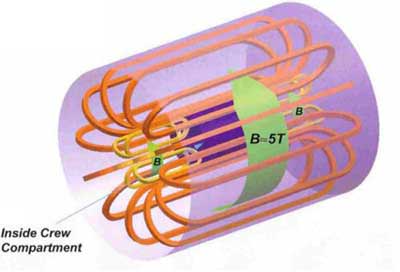LiftPort Group, the space elevator companies, today announced plans for a carbon nanotube manufacturing plant, the company’s first formal facility for production of the material on a commercial scale. Called LiftPort Nanotech, the new facility will also serve as the regional headquarters for the company, and represents the fruition of the company’s three years of research and development efforts into carbon nanotubes, including partnering work with a variety of leading research institutions in the business and academic communities.
Set to open in June of this year, LiftPort Nanotech will be located in Millville, New Jersey, a community with a history in glass and plastics production. Both the City of Millville and the Cumberland County Empowerment Zone are partnering to provide $100,000 in initial seed money for the new facility.
LiftPort Nanotech will make and sell carbon nanotubes to glass, plastic and metal companies, which will in turn synthesize them into other stronger, lighter materials (also known as composites) for use in their applications. Already being used by industries such as automotive and aerospace manufacturing, carbon nanotube composites are lighter than fiberglass and have the potential to be up to 100 times stronger than steel.
“We are pleased that LiftPort has selected Millville as the location for its new manufacturing facility and regional headquarters,” said Sandra Forosisky, Executive Director of the Cumberland Empowerment Zone. “Millville has a strong history in manufacturing, and we believe it is ideally suited for the emerging carbon nanotube industry.” Mayor James Quinn from the City of Millville added, “LiftPort’s presence will give Millville a competitive advantage in the emerging use of nanotube composites within our existing manufacturing base and its ability to attract additional manufacturing companies resulting in the creation of many new well paying jobs for our community.”
“We selected Millville due both to its central location to key business centers on the East Coast, as well as its experienced workforce,” said Michael Laine, president of LiftPort Group. “In addition, we selected the area because of its growing reputation for supporting the development of cutting edge technologies in a variety of arenas, such as low-cost, green energy.”
Today’s announcement represents the second major facility and first East Coast presence to be established by LiftPort Group, the Seattle-based company dedicated to the development of the first commercial elevator to space. The company was founded by Laine, one of the pioneers of the modern Space Elevator concept and the creator of the modern business model for building a commercial space elevator.
“We see the development of carbon nanotubes as critical to the building of the space elevator,” said Laine. “Opening a commercial production facility enables us to generate revenues in the shorter term by meeting the growing market need for this material. At the same time, it enables us to conduct research and development in this arena for our longer term goal of a commercial space elevator.”
A revolutionary way to send cargo into space, the space elevator (as proposed by LiftPort) will consist of a carbon nanotube composite ribbon stretching some 62,000 miles from earth to space. The elevator will be anchored to an offshore sea platform near the equator in the Pacific Ocean, and to a small counterweight in space. Mechanical lifters will move up and down the ribbon, carrying such items as satellites and solar power systems into space. More information can be obtained at the company’s web site at www.liftport.com.
Original Source: Liftport News Release

